Recent interactions with strategic communities in Europe brought into focus how different the world looks from their vantage points and how geography – in its broader definition of location, physical features, natural resources, historical experiences and cultural heritage – strongly influences how nations behave.
Poland offers a striking illustration of this reality. Its historical memories include its political and cultural dominance over large swathes of Eastern Europe in the 16th and 17th centuries, including Ukraine, Belarus and almost all the modern-day Baltic states, as well as parts of Russia. There was subsequent humiliation when the country was partitioned between Austria, Prussia and Russia. It regained independence after the First World War but was again the victim of a bargain between great powers after the Second World War, when the country was literally shifted westward, losing territory in the east (some of it is today western Ukraine) and gaining some in the west. During the Cold War, membership in the Soviet-led Warsaw Pact and a communist political system could not dilute the influence of the Roman Catholic Church in the country, which sent a Pope to the Vatican in 1978.
Post-Cold War Poland’s desire to find politico-economic sanctuary in the European Union and a security cover within NATO flowed directly from these experiences. It resonated with the European Union’s efforts to expand its European footprint. It also tied in with the US objective of folding the newly liberated Central European countries into NATO to forestall the prospect of European integration diluting American influence in the continent. Poland was admitted into NATO in 1999 and into the EU in 2004.
Almost immediately after it acceded to the EU, Poland sought to draw its eastern neighbourhood into the EU and into NATO. The Poland-sponsored Eastern Partnership (EaP) sought to strengthen the EU’s partnership with Ukraine and Belarus (along with other post-Soviet states), preparing them for EU membership. It was Poland again, encouraged by the US, that got NATO to endorse Ukraine’s claim for membership – a decision that is at the heart of the Russia-Ukraine war today.
It is, therefore, natural that Poland extends strong military and intelligence support to Ukraine in its resistance against Russia, including lobbying the US and EU policy-making establishments to sustain military and diplomatic support for Ukraine. Poland has received a steady flow of Ukrainian refugees; about 1.6 million remain in the country and are extended facilities for living and working on par with Polish nationals.
In the process, Poland has emerged as a major diplomatic and military force within NATO. Its steadfast support for the US, even when other alliance members wavered (as in the Iraq war in 2003), consolidated its position in the alliance. When the US withdrew from the Intermediate-range Nuclear Forces (INF) Treaty with Russia, some EU leaders publicly demurred, citing negative consequences for European security. Poland was a notable exception: its President welcomed the decision and offered to host US missiles on Polish soil.
As the face-off with Russia over Ukraine dominated NATO’s plans, its eastern border (the Baltic states and Poland) acquired added military importance. It was, therefore, logical from an American perspective to shift NATO’s military resources to a country that demonstrated firmness of resolve to deter Russia and which would bear more of the financial and logistical burden for it. From 2019 onwards, thousands of US troops have been redeployed from Germany and elsewhere to Poland. There is now a formal US military base in Poland and over a hundred military infrastructure projects for joint training and rapid deployment of NATO forces in the event of a crisis.
Poland’s defence expenditure has climbed steeply, from under 2% of GDP in 2014 to 4% in 2022, and is projected to rise to 5%. The bulk of its acquisitions are new weapons systems from the US. It has been said that if it follows through with its plans, Poland would become a military superpower in Europe, displacing the NATO “Quad” of the UK, Germany, France and Italy.
Alongside its efforts to bolster military deterrence vis a vis Russia, Poland has supported the US’s appeal to Europe to wean itself away from dependence on Russian energy sources – oil, gas and coal. Before the Western sanctions on Russian energy, the EU got over 60% of its energy needs from Russia. The argument that this dependence gives Russia a geopolitical weapon became increasingly vehement as Russia-West hostilities worsened.
This geopolitical argument dovetailed neatly with economic interests. Poland effectively spearheaded the “Three Seas Initiative”, by which twelve European countries located on the Baltic, Black and Adriatic Seas plotted to create a new European hub for energy distribution through a network of LNG import terminals. President Donald Trump endorsed this initiative since it would promote US exports. Poland’s LNG imports grew to nearly half of its gas imports last year, while Russian pipeline gas dropped to one-fifth of imports. The US was the source of more than half of the LNG imports.
Even as many of Europe’s economies suffer from the consequences of the Ukraine conflict, the Polish economy is chugging along nicely. Poland is projected to be the fastest-growing among the larger European economies in 2024. It may grow by 2.7%, while Europe’s “Big 4” – Germany, the UK, France and Italy – will languish at 1% or above.
There are some wrinkles in this canvas. The European Commission is at odds with Poland on alleged erosion of democratic norms and violation of its European accession commitments. Poland protects its sovereign rights and reminds Europe of its contribution to European security.But the big story is of a discernible eastward shift in Europe’s military, energy and economic centre of gravity, which may reshape alignments within the continent and outside. Its course will depend on the outcome of the ongoing conflict and the response of those disadvantaged by the shift.

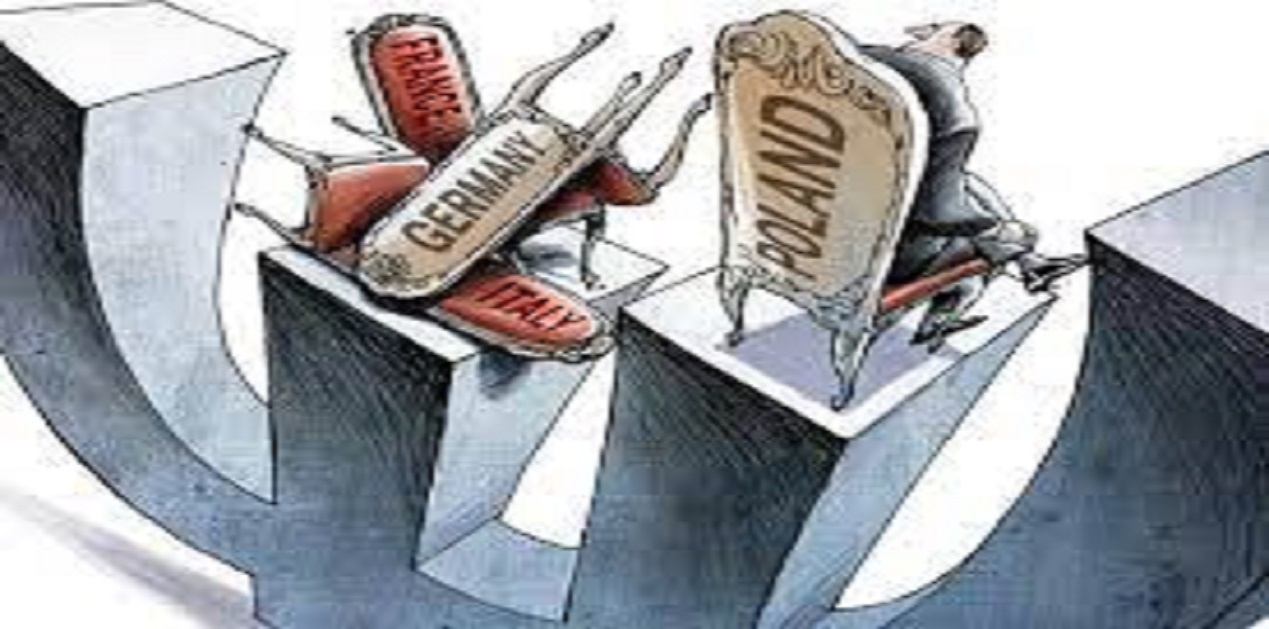
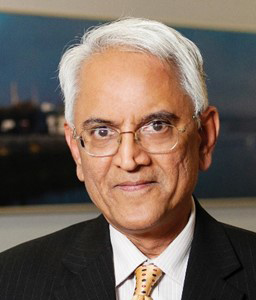
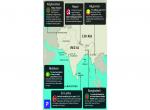
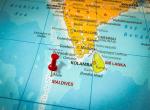

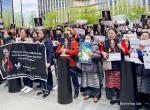



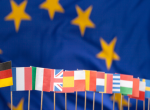
Post new comment